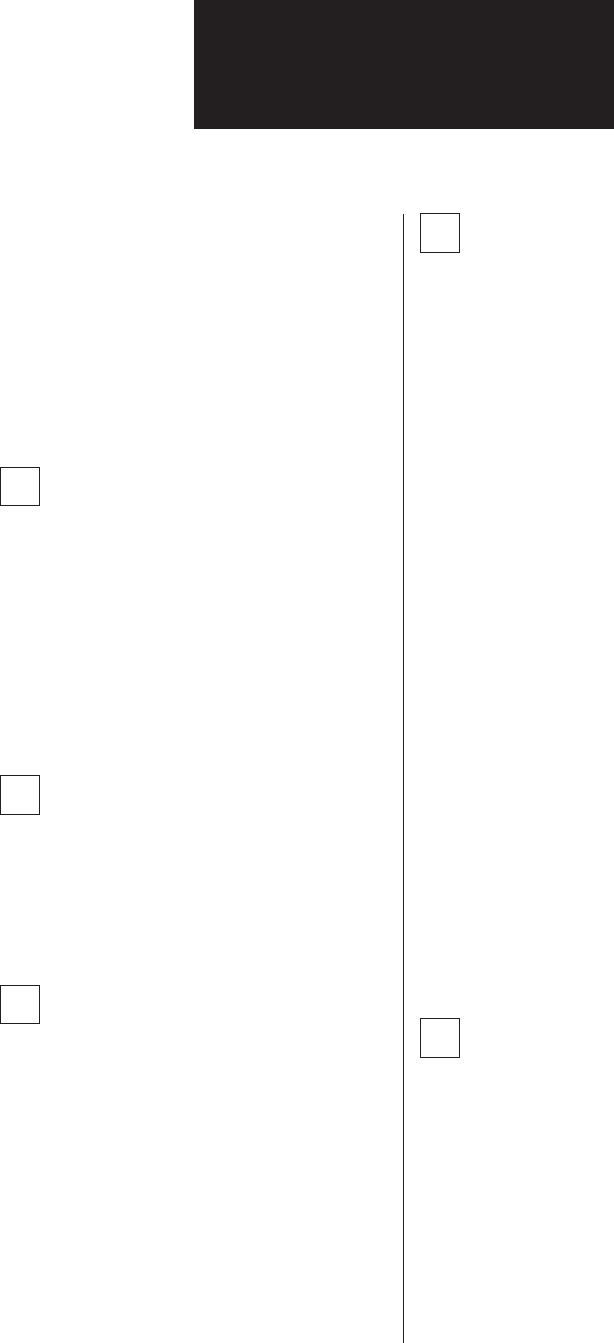
123
Glossary
Manual redialling
When you use Regular dialling, you can redial a num-
ber manually simply by pressing [Redial/Pause] on
the operation panel. The last number called is the
number redialled.
Memory Sending
Scans a document into memory before the fax dials
the numbers and sends it. This method is faster than
Direct Sending and it allows you to retrieve your
original document immediately after scanning.
N
Noise
A term applied to a variety of problems that impair
the operation of telephone lines used for faxing.
Numeric buttons
The round numbered buttons on the operation panel
marked the same as a standard telephone keypad. Press
them to perform Manual Dialling. You also use the
numeric buttons to enter numbers and letters when
you register numbers and names, and for entering
Coded Speed Dialling codes with two or more digits.
O
One-touch Speed Dialling buttons
The buttons numbered 01 to 10 on the right of the
operation panel, each of which may be registered as
a fax or telephone number. Once a number is regis-
tered, you press one button to dial the entire num-
ber.
P
Pause
A timing entry required for registering certain long
distance numbers and for dialling out through some
telephone systems or switchboards.
PBX
Private Branch Exchange. See Switchboard.
PHOTO
The document setting you use for sending documents
with intermediate tones, such as photographs.
Pulse
See Rotary pulse.
R
Redialling-automatic
When the fax you dial does not answer or a sending
error occurs, the fax waits for a specified interval
and then redials the same fax number. You can ad-
just the number of redials and the length of time be-
tween redialling.
Redialling-manual
When you use the regular dialling method, you can
quickly call the last number dialled by pressing
[Redial/Pause].
Reduction mode
The fax’s automatic feature that slightly reduces the
received image to allow room at the top of the page
for the sender’s ID information. You can also reduce
the size of large incoming documents using the RX
REDUCTION option.
Resolution
The density of dots for any given output device. Ex-
pressed in terms of dots per inch (dpi). Low resolu-
tion causes font characters and graphics to have a
jagged appearance. Higher resolution means
smoother curves and angles as well as a better match
to traditional typeface designs. Resolution values are
represented by horizontal data and vertical data.
Rotary pulse
A telephone dialling system where a dial is rotated
to send pulses to the telephone switching system.
When you pulse dial, you hear clicks. When you
touch-tone dial, the most common dialling system,
you hear tones. Rotary pulse dialling requires cer-
tain setting adjustments.
S
Sender ID
The identifying information from the sender at the
top of a document including: date and time, the
sender’s fax/telephone number, sender’s name,
receiver’s name or company name, and page num-
ber. Also called TTI or Transmit Terminal ID.
Sending speed
The bits per second rate at which documents are sent.
See also bps.
Sequential Broadcasting
Transmitting documents to more than one location
(through the fax’s memory).


















